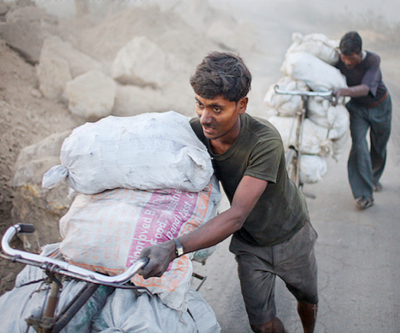
“Shocked” over the magnitude of alleged illegal iron ore exports by private companies in the southern Indian state of Karnataka, the country’s Supreme Court today said it wants to explore the possibility of punishing the guilty parties within six months.
The Times of India reports that a bench of judges, lead by Aftab Alam, have asked the Central Empowered Committee (CEC) to suggest viable alternatives to ensure illegal miners are convicted and called for a new hearing on the matter on September 7.
S.R. Hiremath, founder of the National Committee for Protection of Natural Resources, which has been fighting against illegal iron ore mining in the state of Bellary, was quoted by the Steel Guru criticizing the both the Supreme Court and CEC involvement in the matter.
“The Supreme Court-appointed Central Empowered Committee seems to have forgotten its mandate. It is more interested in reviving mining, rather than protecting environment in mining-ravaged areas of the state,” said Hiremath.
Since 2011, when the Court banned mining in certain Indian states, the iron ore-mining sector has been moving towards a crisis situation.
The ban, originally planned to stifle illegal mining, has seen other iron rich nations like Australia and Brazil fill the gap that was left after Karnataka, the World’s No. 3 supplier, was barred from exporting any of its reserve.
“Iron ore supply, both domestic and for export in 2012, has been severely impacted by the ban,” writes market analyst Sohrab Darabshaw.
“Companies involved in mining activities were also worried since the ban was affecting their production and thus their bottom lines. The second round of lifting of the mining ban will in turn lift up their operations,” he adds.
The ban was altered in April 2012 by the Supreme Court to allow certain mining operations to continue. But, to date, the state government has chosen not to implement the court order nor have they approved a new mine in over 20 years.
Image: Labourers transport coke to a local distribution point outside an illegal mine in India. Photo by Tom Pietrasik